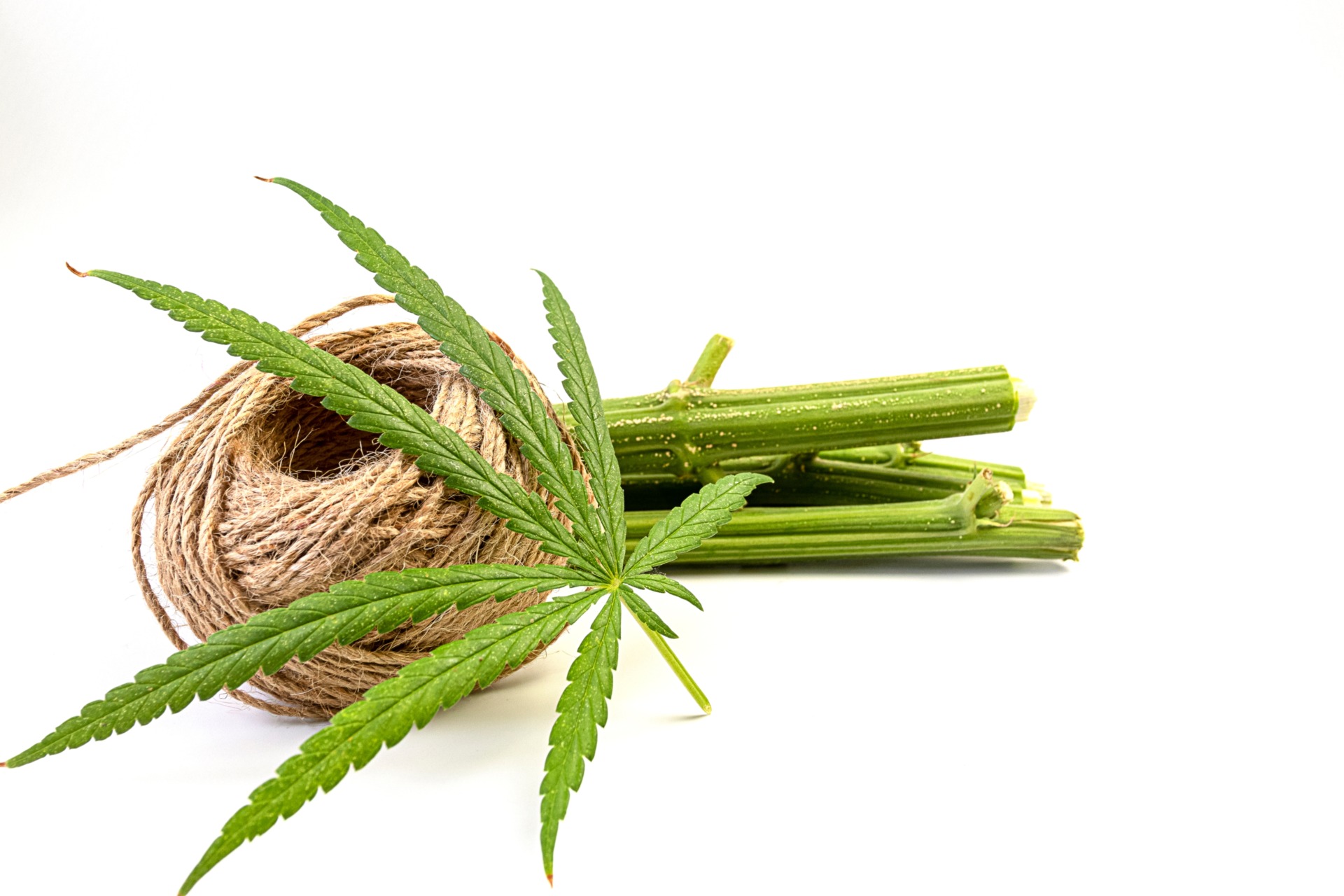New York Gov. Andrew Cuomo signed a bill into law last month that allows for the production of industrial hemp in the state of New York. The new law allows hemp to be sold and transported in the state as part of a new pilot program. This has come on the heels of a 2014 law that allows farmers and universities to be involved in the research of industrial hemp in the state.
JD Farms, which is working in association with Morrisville State College, has planted the first hemp crop in the state of New York in 80 years. The crop was planted on 30 acres, and it’s being grown for industrial purposes ranging from paper to clothing to food products such as hemp oil and hemp seeds. The popularity of hemp-based food products has grown in the past few years as people have recognized the nutritional value of hemp.
Hemp’s Rise in the United States
Hemp has a storied past in the United States. The plant was originally the material of choice for maritime uses like sails and cord, because of its natural resistance to decay. Due to its utility, hemp was one crop that always traveled with pilgrims to the Americas, and it became a critical part of the new colonial economy.
Hemp was used to create products such as fabric, yarn and rope, most of which were sent back to Britain. After the revolutionary war, all citizens of the new republic were encouraged to grow hemp. It was such an important commodity that people were even allowed to pay taxes with it.
The Demise of Hemp in the 1930s
Despite the fact that hemp farming and production are highly efficient, and the plant created a superior product, cotton began to take over when it came to cloth and sail-making. Meanwhile, wood pulp began to dominate the paper industry. Though its popularity declined, reliance on hemp was still encouraged during World War I to aid in the war effort.
However, it was the 1930s that marked the demise of hemp. With the introduction of reefer madness, the cannabis stigma became associated with hemp as well—since cannabis and hemp both come from the cannabis sativa plant, albeit from different varieties. This decreased hemp’s popularity as a crop.
The final blow to hemp came with the Marijuana Tax Act of 1937. This tax act applied to marijuana and hemp; it regulated the hemp industry so much so that it no longer became a profitable crop choice for farmers. Hemp cultivation was then banned completely under the Controlled Substances Act of 1970.
RELATED: WHAT IS HEMP & WHAT IS IT USED FOR?
The Difference Between Hemp & Marijuana
Both marijuana and hemp are members of the same genus and species, but hemp only contains trace amounts of tetrahydrocannabinol (THC), the psychoactive compound found in marijuana. Hemp also typically grows much higher than marijuana plants. Though it has been concluded that there’s no exact difference between hemp and marijuana, the level of THC is used to draw a line between the two products.
According to a Canadian study in 1971, for a plant to be considered hemp, it may contain no more than 0.3% of THC. According to United States law, however, hemp should contain no traceable amounts of THC. Due to the fact that all but the levels of THC are consistent between the two plants, it’s understandably hard to differentiate between hemp and cannabis.
Ultimately, hemp has multiple uses that range from industrial products and textiles to, more recently, nutrient-rich lotions and creams. Marijuana, which has higher levels of active cannabinoids like THC and CBD, make it an effective medication for various health conditions and symptoms, ranging from epilepsy to migraines and Parkinson’s disease.
If you’re new to cannabis and want to learn more, take a look at our Cannabis 101 post. HelloMD can help you get your medical marijuana recommendation; it’s easy, private and 100% online.



